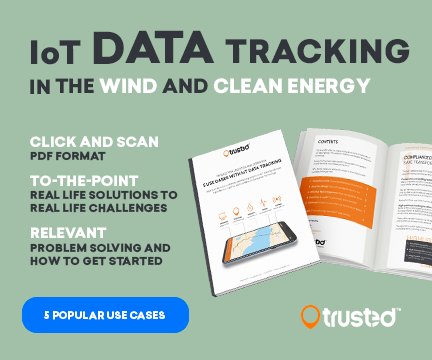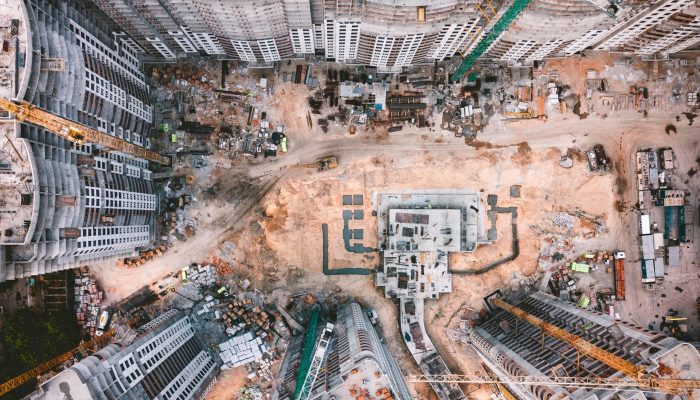Offshore wind is an exciting and growing clean energy source for the future.
Engineers have created state-of-the-art wind turbine installations that are built to endure in the rough environment of the sea.
However, the operation of offshore wind farms still presents certain specific challenges that can be very costly if not handled correctly.
One of these challenges is increased humidity levels in the installations and the problems this causes.
The three issues caused by increased humidity levels
Increased humidity levels in longer periods of time offer challenges to operators of wind farms in at least three ways.
- The main issue is the condensation that humid conditions create when air is saturated with water vapor. While condensation is to be expected and will be harmless in most places, issues can arise if it is left unattended in the wrong places.
- A related issue is the fact that the risk of corrosion to sensitive or mechanical parts of turbines will increase with condensation. Ultimately, this could reduce the uptime and output of individual turbines and eventually shorten their lifetime.
- The third issue of increased humidity is the build-up of mold or fungi in towers, platforms, and turbines due to condensation. In a short time, this can compromise air quality and create unhealthy working conditions for service inspectors and technicians.
Expensive manual inspections could ultimately be in vain
Making sure humidity levels are at acceptable levels at all times is, therefore, an important priority. But unfortunately also an expensive process.
This is why you sometimes see it taking up a considerable part of maintenance budgets as inspection teams travel to remote wind farms with expensive humidity detection equipment.
Adding insult to injury, these operations could ultimately be in vain, if condensation has already damaged installations before inspectors arrive.
However, these challenges might now just be a thing of the past.
IoT asset monitoring: Smart solutions to complicated problems
An IoT data tracking solution is a simple and concrete answer to these issues.
IoT asset monitoring uses small, advanced tracking devices with high-precision relative humidity and temperature sensors that can be mounted wherever you wish to guarantee safe conditions.
The wireless and robust devices will monitor humidity levels remotely and transmit data through nearby mobile networks.
- Firstly, this makes the need for expensive manual inspections a thing of the past as you will be able to read all data in graphs on an online data portal from your offices on shore.
- Secondly, you can set up alarms to notify you and your service team directly if thresholds are exceeded. In this way, manual inspections are performed based on real data, and teams can be sent to relevant places only – making them much more effective.
- Thirdly, with this data, operators can create compliance reports in just a few clicks to ensure and confirm that all safety measures are within the allowed limits.
Tell me more
Learn more and see concrete data readings by downloading our “IoT asset monitoring: advantages and use cases in clean energy from A-Z – in production, logistics, and operation”.
You can also examine our IoT Asset Monitoring from Trusted A/S by browsing our webpage on trustedglobal.com
Offshore wind turbines are designed to endure the rough environment of the sea.
But heightened humidity levels over time can create condensation that leads to corrosion or build-up of fungi and mold, resulting in unhealthy working conditions for service personnel.
With IoT asset monitoring, operators can save manual inspection tours on their maintenance budgets with remote tracking of high-precision humidity data.



